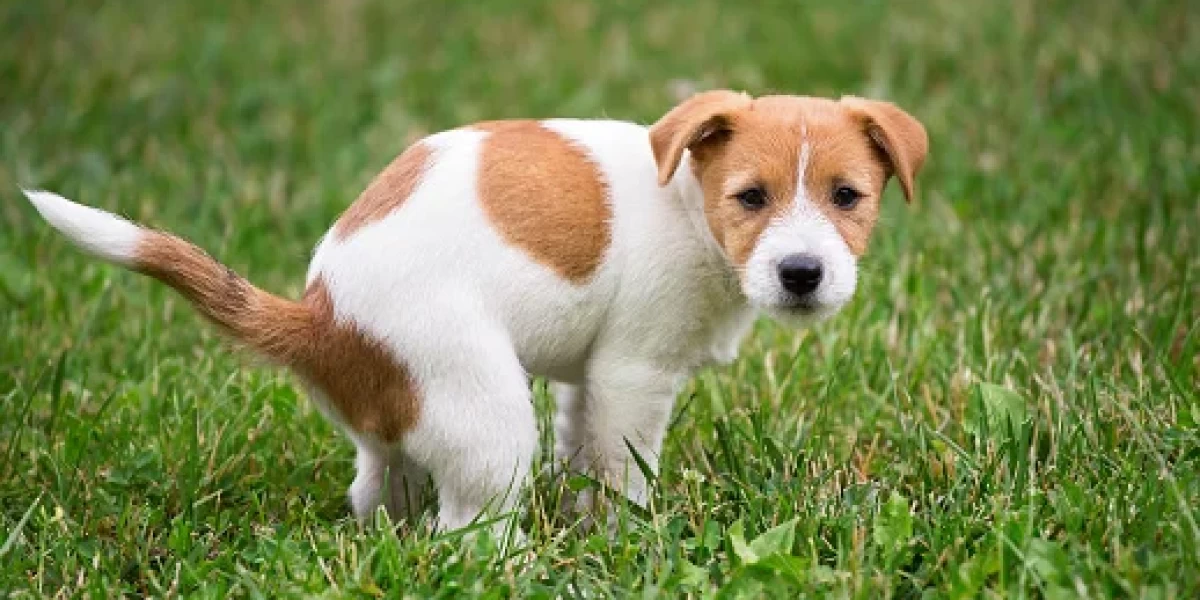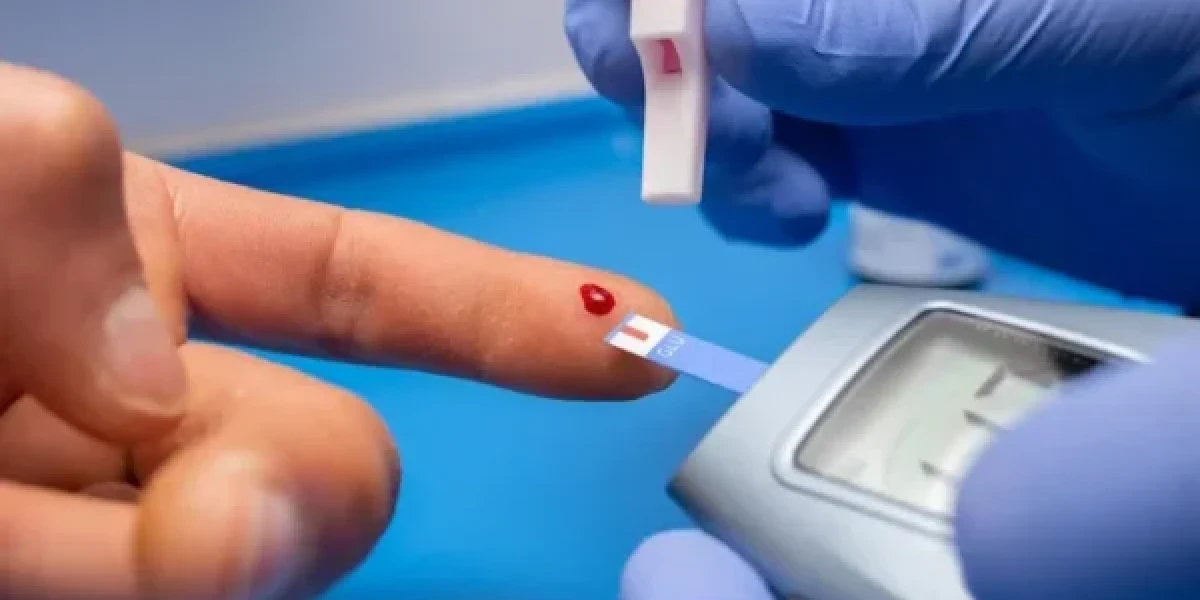I. Introduction
Overview of Hair Loss in Dogs: Hair loss in dogs, medically known as alopecia, can be a concerning issue for pet owners. While some shedding is normal, excessive hair loss resulting in patchy or bald areas of skin warrants attention. In this article, we’ll delve into the various causes of alopecia and explore how you can support your furry companion if you notice hair loss.
Importance of Understanding the Issue: Recognizing and addressing hair loss promptly is crucial. It not only affects your dog’s appearance but also provides valuable insights into their overall health. By understanding the underlying reasons behind alopecia, you can take informed steps to improve your dog’s well-being.
Blog Post Structure: Before we dive into the specifics, let’s briefly outline the structure of this blog post. We’ll begin by defining alopecia and then explore its different types. Next, we’ll discuss common symptoms associated with hair loss in dogs. Finally, we’ll delve into the causes and potential solutions.
II. What is Hair Loss?
A. Definition of Hair Loss in Dogs: Alopecia refers to the partial or complete loss of hair or fur in areas where it would typically grow. Unlike shedding, which occurs naturally due to seasonal changes or stress, alopecia results in baldness. It can stem from various underlying medical issues, including skin conditions, metabolic imbalances, hormonal disturbances, immune system problems, or blood-related disorders.
B. Normal Shedding vs. Abnormal Hair Loss: Understanding the distinction between normal shedding and abnormal hair loss is essential. Shedding is a natural process, while hair loss beyond shedding indicates an issue. If your dog experiences hair loss unrelated to shedding, it’s time to investigate further.
C. Impact on a Dog’s Health and Well-Being: Hair loss isn’t merely a cosmetic concern; it can significantly impact your dog’s health. Beyond the visible bald patches, other symptoms may accompany alopecia. These include weight fluctuations, changes in appetite, increased thirst, decreased energy, and skin or urinary infections. Identifying the cause early allows for timely intervention and better outcomes.
III. Canine Connection to Alopecia
A. Explanation of Alopecia in Dogs: Alopecia, commonly known as abnormal hair loss or baldness, occurs when a dog experiences partial or complete fur loss. Unlike regular shedding, which is a natural process, alopecia results from the body attacking its own hair follicles. The baldness may follow a specific pattern, spreading out or appearing symmetrical. While not life-threatening, alopecia can cause discomfort due to itching.

B. Types of Alopecia Commonly Seen in Canines: Several types of alopecia affect dogs:
- Pattern Baldness: Often hereditary, this type results in gradual thinning of the coat.
- Symmetrical Alopecia: Fur loss occurs symmetrically on both sides of the body.
- Seasonal Flank Alopecia: Typically seen during specific seasons, it causes hair loss on the flanks.
- Post-Clipping Alopecia: After grooming or shaving, some dogs experience delayed hair regrowth.
- Focal Alopecia: Isolated bald patches appear randomly.
C. Differences Between Alopecia and Regular Shedding: While shedding is a natural process, alopecia is abnormal and often accompanied by itching, scratching, and visible bald patches. Regular shedding occurs during specific seasons or due to stress, whereas alopecia indicates an underlying issue.
IV. Why Dogs Get Alopecia
A. Genetic Predispositions: Certain breeds are more prone to alopecia due to genetic factors. For example, Chinese Cresteds and Dachshunds are predisposed to pattern baldness.
B. Environmental Factors: External factors play a role. Parasitic infestations (fleas, lice, or mites), spider bites, and insect stings can lead to alopecia. Additionally, an inadequate diet or exposure to a hot, moist environment may cause skin allergies.
C. Hormonal Changes and Health Conditions: Endocrine diseases (hypothyroidism, Cushing’s disease) and reactions to medications (such as corticosteroids) can trigger alopecia. Identifying the cause allows for targeted treatment and relief from discomfort.
V. Symptoms of Hair Loss in Dogs
A. Visible Signs of Hair Loss: When it comes to identifying hair loss in your furry companion, keep an eye out for visible signs. These include:
- Bald Patches: Observe any areas where your dog’s fur is thinning or completely absent.
- Scratching and Licking: Excessive scratching or licking of specific body parts may indicate discomfort due to hair loss.
- Redness or Inflammation: Skin irritation often accompanies alopecia.
- Scaly Skin: Dry, flaky skin can be a telltale sign.
B. Behavioral Changes Associated with Hair Loss: Hair loss can affect your dog’s behavior. Watch for:
- Restlessness: Discomfort from itching or pain may make your dog restless.
- Changes in Sleep Patterns: Disrupted sleep due to itching or discomfort.
- Irritability: Hair loss can lead to irritability or mood changes.
C. Other Health Indicators to Watch For Pay attention to overall health:
- Weight Loss or Gain: Hair loss may be linked to underlying health issues affecting metabolism.
- Increased Thirst or Urination: Hormonal imbalances could be at play.
- Lethargy: Reduced energy levels may accompany alopecia.
VI. Causes of Hair Loss in Dogs
A. Allergies and Skin Conditions
Allergies: Just like humans, dogs can develop allergies. These may be triggered by certain foods, environmental factors (such as pollen or dust mites), or contact with specific materials. Allergic reactions can lead to intense itching, scratching, and hair loss. Common skin conditions associated with allergies include atopic dermatitis and contact dermatitis.
Fungal and Bacterial Infections: Skin infections caused by fungi (like ringworm) or bacteria can result in hair loss. These infections often lead to redness, inflammation, and scaly patches on the skin. Regular grooming and maintaining a clean environment can help prevent these issues.
B. Parasites and Infections
Fleas and Ticks: These tiny pests are more than just a nuisance. Fleas and ticks can cause significant hair loss due to their constant biting and feeding on your dog’s blood. Regular use of preventive treatments is essential to keep these parasites at bay.
Mites: Demodex and Sarcoptes mites are common culprits behind hair loss. Demodex mites, in particular, can lead to localized or generalized alopecia. Your veterinarian can diagnose and recommend appropriate treatments.
C. Stress and Anxiety-Related Causes
Dogs experience stress and anxiety just like humans do. Major life changes, separation anxiety, or fear can trigger hair loss. Pay attention to behavioral signs such as excessive licking, restlessness, or changes in appetite. Creating a calm and secure environment for your dog can help alleviate stress-related hair loss.
VII. Diagnosis of Hair Loss in Dogs

A. Importance of Veterinary Consultation
When your beloved canine companion experiences hair loss, seeking professional help is crucial. A veterinarian will conduct a thorough examination and gather essential information about your dog’s health. They’ll ask about the onset, duration, and progression of hair loss, as well as any associated symptoms. This historical examination provides valuable clues for accurate diagnosis.
B. Diagnostic Tests and Procedures
To pinpoint the cause of hair loss, veterinarians employ various diagnostic tools:
- Skin Scraping: Collecting samples from affected areas helps identify parasites or skin infections.
- Wood’s Lamp Examination: This specialized light reveals fungal infections like ringworm.
- Culture Testing: Culturing samples helps detect bacterial or fungal pathogens.
- Biopsy: A small tissue sample is analyzed to assess underlying skin conditions.
- Hematology: Blood tests provide insights into overall health and potential hormonal imbalances.
C. Role of Medical History in Diagnosis
Your dog’s medical history plays a vital role. Details about breed tendencies (such as hereditary hair loss), itching, infections, and general health provide essential context. By combining historical information with diagnostic tests, veterinarians can determine the specific cause of alopecia and recommend appropriate treatment.
VIII. Treatment of Hair Loss in Dogs
A. Medical Treatments and Medications
When it comes to addressing hair loss in dogs, medical interventions play a crucial role. Here are some common approaches:
-
Antifungals and Antibiotics: If the cause of hair loss is related to fungal infections (such as ringworm) or bacterial issues, targeted medications can help. Antifungals combat fungal growth, while antibiotics address bacterial infections.
-
Anti-Inflammatories: In cases of inflamed hair follicles or autoimmune skin disorders, anti-inflammatory drugs may be prescribed. These help reduce inflammation and promote healing.
-
Hormonal Therapies: For conditions like Cushing’s disease or hypothyroidism, hormone replacement therapy is essential. Properly balanced hormones contribute to healthy skin and coat.
-
Retinoids and Melatonin: Retinoids aid in skin regeneration, and melatonin supplements can support overall coat health.
B. Home Remedies and Dietary Adjustments
While medical treatments are vital, home remedies and dietary changes can complement them:
-
Omega-3 Fatty Acids: Incorporate omega-3 supplements or foods rich in these essential fatty acids (such as fish, flaxseed, or chia seeds). Omega-3s improve skin health and reduce hair loss.
-
Aloe Vera: Soothe irritated skin with aloe vera gel. It helps heal and minimizes hair loss caused by itching or scratching.
-
Regular Baths and Brushing: Maintain hygiene by giving your dog regular baths and brushing sessions. Clean skin and a well-groomed coat contribute to overall health.
-
Healthy Diet: Opt for a complete and balanced diet. Proper nutrition supports skin health, reduces excess oil production, and lowers the risk of bacterial infections.
C. Importance of a Tailored Treatment Plan
Every dog’s situation is unique. A tailored treatment plan considers factors like the underlying cause, breed, age, and overall health. Consult your veterinarian for personalized advice. Regular check-ups allow adjustments as needed, ensuring your furry companion’s well-being despite hair loss. Remember, addressing the root cause leads to effective management! 🐾👩⚕️🐶
IX. Recovery of Hair Loss in Dogs
A. Expected Timeline for Recovery
The journey to regaining a healthy coat varies based on the underlying cause of hair loss. Here’s what you can expect:
-
Quick Fixes: Some cases, such as mild allergies or temporary stress-related alopecia, may resolve within weeks. Regular grooming and addressing the trigger can speed up recovery.
-
Chronic Conditions: For more complex issues like hormonal imbalances or autoimmune disorders, recovery may take several months. Consistent treatment and patience are essential.
B. Ongoing Care and Monitoring
-
Follow Veterinary Recommendations: Stick to the prescribed treatment plan. Regular check-ups allow adjustments as needed.
-
Skin and Coat Maintenance: Regular baths, brushing, and maintaining a clean environment promote healthy regrowth.
-
Nutrition: Ensure your dog’s diet includes essential nutrients like omega-3 fatty acids, biotin, and zinc. Consult your vet for dietary recommendations.
C. Tips for Promoting Healthy Hair Regrowth
-
Supplements: Consider supplements like fish oil or biotin to support coat health.
-
Avoid Over-Bathing: Excessive bathing can strip natural oils. Aim for once every 4-6 weeks.
-
Stress Management: Create a calm environment. Dogs thrive on routine and emotional stability.
X. Conclusion
In this comprehensive guide, we’ve explored the intricate world of canine hair loss. Let’s recap the key points:
-
Understanding Hair Loss: Recognize the difference between normal shedding and abnormal hair loss. Keep an eye out for visible signs, behavioral changes, and other health indicators.
-
Causes of Hair Loss: From allergies and skin conditions to parasites and stress, various factors contribute to alopecia in dogs. Identifying the root cause is essential for effective treatment.
-
Diagnosing and Treating Alopecia: Consult your veterinarian promptly. Diagnostic tests, tailored treatment plans, and a combination of medical interventions and home remedies pave the way to recovery.
-
Promoting Regrowth: Patience, ongoing care, and proper nutrition support healthy hair regrowth. Remember, a well-maintained coat reflects your dog’s overall well-being.
B. Encouragement to Seek Veterinary Advice
While this article provides valuable insights, always consult a professional. Your veterinarian knows your dog’s unique needs and can guide you through the journey to a healthier coat.
C. Final Thoughts on Maintaining a Dog’s Health and Well-Being
Beyond hair loss, prioritize your dog’s overall health. Regular check-ups, a balanced diet, exercise, and emotional well-being contribute to a happy, thriving pup. Remember, a wagging tail and a shiny coat go hand in paw!
Frequently Asked Questions
| SL |
Question |
Answer |
| 1 |
How do you treat hair loss in dogs? |
- If your dog is experiencing hair loss, it’s essential to consult a veterinarian. They can determine the underlying cause and recommend appropriate treatment.
- Common treatments include:
- Medications: Depending on the cause, your vet may prescribe antifungals, antibiotics, or anti-inflammatories.
- Supplements: Omega-3 fatty acids, melatonin, and other supplements can support coat health.
- Home Remedies: Regular baths, grooming, and maintaining a clean environment.
- Remember, tailored treatment plans are crucial for effective management.
|
| 2 |
What does it mean when your dog loses hair? |
- While some shedding is normal, bald patches or thinning coat may indicate an issue.
- Causes include dietary imbalances, parasites (like fleas or mites), or skin conditions.
- If your dog has itchy, swollen, or red skin, consult a vet.
|
| 3 |
Which vitamin deficiency causes hair loss? |
Vitamin A, Vitamin E, Biotin, Zinc |
| 4 |
Can low B12 cause hair loss? |
Symptoms: Low energy, poor appetite, and hair loss; Treatment: B12 supplements; Regrowth: Hair may grow back once B12 levels are restored |
| 5 |
Can low vitamin D cause hair loss? |
Symptoms: Weak bones, muscle weakness, and hair loss; Treatment: Vitamin D supplements and sunlight exposure; Regrowth: Hair regrowth can occur once vitamin D levels are corrected |
| 6 |
Will hair grow back after B12? |
Timeline: Hair regrowth can take several weeks to months; Factors: Depends on the severity of deficiency and overall health of the dog; Monitoring: Regular vet check-ups to monitor progress |
*Image credits- freepik*
Important Notice:
The information provided on “health life ai” is intended for informational purposes only. While we have made efforts to ensure the accuracy and authenticity of the information presented, we cannot guarantee its absolute correctness or completeness. Before applying any of the strategies or tips, please consult a professional medical adviser.













